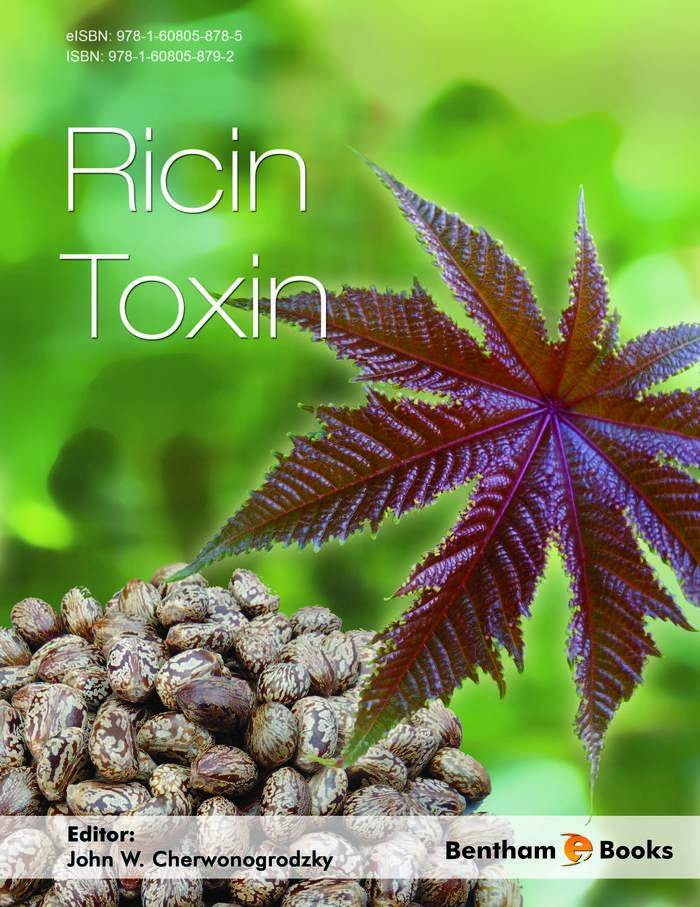Introduction
`Ricin Toxin’ brings together a collection of in depth and cutting edge reviews that focus on the current understanding of ricin toxins. This e-book provides a historical background, innovations in detection, identification and medical countermeasures against this biothreat, and the toxin’s previous use as an anti-cancer agent.
This e-book answers various important questions such as detection of ricin in food or soil, making of humanized antibody against the toxin, novel approaches for the creation of a safe vaccine to protect first responders, exploitation of toxin`s ability to bind and penetrate cells for medical benefits, aftereffects of administering antibody against ricin to a first responder and their exposure to the toxin, neutralization of different ricin from different castor plant cultivars. Aside from learning key concepts that may be overlooked while scanning literature, the reader will benefit from gems of information scattered throughout the book.
The book comprises of five different parts. The first part covers the background of ricin from pharaohs to bioterrorists and beyond.
The second part covers the discovery of recent technologies which are very helpful for the detection of ricin in different matrices, followed by the detection of ricin in the sorption of soils, minerals,textiles, and food; soil inflatration and dust transport. The third part covers the ricin and castor plant cultivars. It also discusses the antibody therapies such as Polyclonal and monoclonal antibodies and the extraction of ricin toxin from several cultivars of the Castor Plant (Ricinus communis).
The fourth part of this e-book discusses different medical countermeasures which are very effective in enhancing the progress in the development of vaccines against ricin intoxication. This part also describes different methods employed for the improvement of anti-ricin antibodies.
The last part of this book describes the replacement and different applications of the toxin. All chapters are written by paramount experts in ricin research.
`Ricin Toxin’ is an essential reading to all medical students, biochemists and professionals involved in the field of toxicology.

